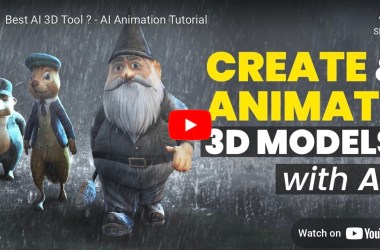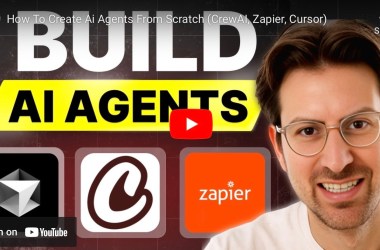This tutorial teaches viewers how to create their own Custom GPT using OpenAI's platform. It covers an introduction to Custom GPTs, step-by-step instructions for building one, testing options, and publishing the final product.
The host, Kevin Stratvert, helps users design a GPT tailored to specific tasks and demonstrates the functionality and integration options available during the creation process.
Introduction to Custom GPTs
Custom GPTs are personalized models designed to focus on specific topics, enhancing interaction and relevance. The video begins with an explanation of what a Custom GPT is and its potential applications in various domains, like baking cookies or customer service.
Building the Custom GPT
Kevin walks through the process of creating a Custom GPT, demonstrating two interfaces: ‘Create' for conversational building and ‘Configure' for manual adjustments. Users can choose parameters, personalize their assistant's tasks, and set its tone.
Testing and Tweaking
After creating a Custom GPT, users are shown how to test its responses, including how to guide the assistant to focus on a specific theme while avoiding irrelevant topics. Adjustments can be made based on performance.
Integrating External Knowledge
The tutorial highlights how to upload files to provide additional context and information to the Custom GPT. This means you can enhance its knowledge base by contributing specific recipes or documents, allowing the model to provide tailored responses.
Advanced Capabilities
Kevin explores advanced features app like web browsing, image generation using DALL-E, API interactions, and utilizing external data sources to enrich the Custom GPT’s capabilities. He also demonstrates how to format responses for clarity.
Publishing the Custom GPT
After configuring the assistant and ensuring it meets the user’s needs, the video concludes with steps on how to publish the Custom GPT for personal use or to share it with others through the GPT store.


